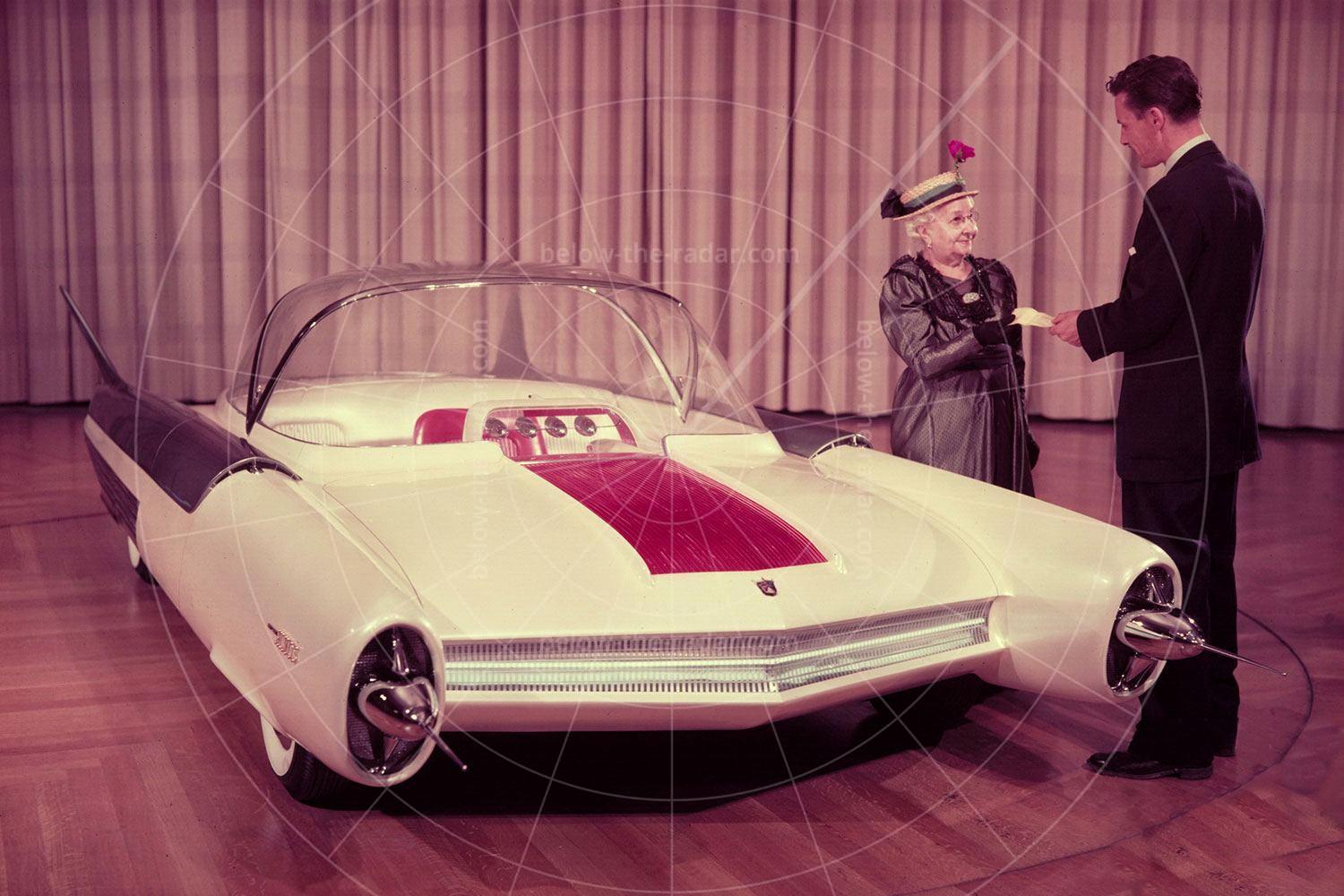If there’s one country where you can smell the money before you’ve even crossed the border, it’s Switzerland. So it was only fitting that when the Diablo was on sale there was a Swiss outfit that could sell you a car even more outrageous than the standard offering. In fact Garage Affolter could offer several tweaked and tuned Diablos, depending on how deep your pockets were and how much of a show off you wanted to be.
Using either the 5.7-litre Coupé or Roadster as a basis, Garage Affolter specialised in lairy bodykits along with a few mechanical tweaks that could see power rise to a claimed 620bhp. If you were deluded enough to think that your Diablo already had enough power, the standard 492bhp engine could be retained and you could strap on a bodykit that was guaranteed to make you the centre of attention wherever you went. Alternatively you could opt for a pair or even a quartet of turbochargers to be bolted onto the mid-mounted V12, to give you the full 620 horses. This, according to Garage Affolter, was enough to take your Diablo from 0-62mph in just 4.1 seconds before running out of puff at 203mph.
The Diablo Evolution was the entry level model from Garage Affolter; it was mechanically standard but there were plenty of carbonfibre panels featuring more extreme lines than standard. This package was offered for the Roadster or the Coupé. If this was too tame for you it was also possible to specify the Miami edition, which came with a tinted glass roof in the case of the Coupé – or once again you could choose the same package for your Roadster. With 620bhp as standard, there were also black wheels, faired-in headlamps and black details, for that extra-menacing look.
If all this left you rather cold, or you were worried that you might end up parked next to another Miami owner at the Lamborghini annual dinner, there was always the option of the Evolution GT1. Looking more like something to come out of the pages of hard-core tuning magazine Max Power, this was the Diablo for those who felt a little embarrassed turning up in something that still resembled a product of the Sant’Agata factory. Although it was possible to leave the engine standard, the done thing was to specify four turbos and turn the wick right up to 620bhp. However, it was the bodywork that was the GT1’s raison d’etre; here was a car that had so many scoops, slats and spoilers that you’d have been hard-pressed to find room for any more. Schoolboys were guaranteed to squawk with glee at the sight of the GT1, thanks to the quartet of exhausts exiting from the centre of the rear panel – not to mention the extra-wide wings that incorporated air-cooling scoops to stop the brakes from melting.
The bodywork consisted of a mix of carbonfibre and aluminium alloy, while the front wheels went up to a frankly ridiculous 10.5 x 18”; with the rears being 13.5 x 18”. Such wide rubber was essential; to get such power down required grip aplenty, and with these tyres specified Garage Affolter claimed the GT1 could get from a standing start to 62mph in just 3.5 seconds. To haul the car down from its claimed top speed of up to 216mph there were four-pot callipers all round, gripping 380mm ventilated discs.
Affolter started to unleash his modified Diablos as early as 1991, when he revealed his first Evolution model. Several more of these followed over the next two years, including one sold to Rene Leimer, who had been the co-owner of Lamborghini in the 1970s. In the late 1990s there followed a small series of GTR models, based on the Diablo SV, with the final car being constructed in 1999. Based on a Diablo VT Roadster, this last Affolter edition wasn’t as outrageous as some of the earlier confections.














